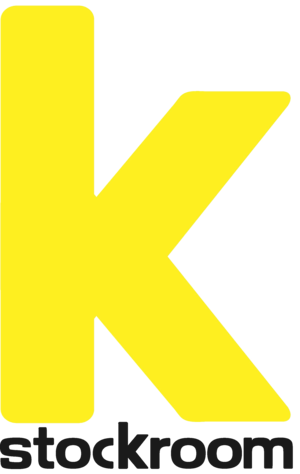
Not Tree Not Not Tree 2
JEREMY BLINCOE
Not Tree Not Not Tree 2, 1/5, 2020
pigment Ink jet print, edition of 5, 2AP, framed
100 x 150 cm
$ 3,900
collect from Stockroom in Kyneton (VIC), or we will be in touch to discuss delivery options



Additional Info
The way we perceive, our mode of attention, is burdened by a history of empirical science. This is a mode in which we categorise things and place them within tightly packed grids. Defining something falls shorts of capturing the essence of it, whether it be a tree, possum or seagull. The problem with language and rationality is that they dominate, leaving no room for the magic of the multitude of realities to creep in.
Not Tree Not Not Tree is a photographic archive of a study of a Peppercorn tree. In an attempt to tune my own attention and explore the essence of another being, I have been visiting and photographing a Peppercorn tree in Carlton Gardens each morning for a number of months. In the initial visits I focused on the trunk, branches and bark, all the qualities that I had been taught comprise a tree. I mapped the tree with my camera on long exposure, bringing into the frame its entanglement with the broader ecology. I then moved to mimesis, tuning my body and the camera to the trembling of the leaves with the morning breeze, the flight path of birds looping between branches and the streaming of car headlights. These became catalysts for the movement of my own body and camera. The photographs do not capture a static vision, turning a fluent thing to stone, but instead reveal the movement and life of the tree and its surrounds. The tungsten infusion of park, tram and car headlights morphs with the trunk and limbs; bodies morph into one another; lines are blurred between nature and culture.
After many visits to the Peppercorn tree, the question dawned on me: at what point does the tree end and the life of others begin? The answer for me is that there is no beginning or end. The Peppercorn tree’s tree-ness is not capable of definition: the wind causes the leaves to ripple; stronger gusts may dislodge its pink seeds leaving an imprint on the hands of the people who picnic in the shade of its trunk; a possum forages and returns at dawn to the hollow six and a half up to rest its weary body bringing home traces from the surrounding park; and birds rest on the branches, eat the seeds and disperse them extending the thread of the Peppercorn tree. The Peppercorn tree is no longer a stand-alone object but a sentient being in which the surrounding ecology of creatures, morning walkers, tennis courts and park benches are every bit a part of the tree as its bark and leaves. All are not the tree, but also not not the tree.
Of Blocks and Knots and The Gravity of Things are the products of an ongoing dialogue with the Monterey Cypress. The grain of the wood is a beautiful biography of lines that reveal the history of growth altered by rainfall, drought, fires and an infinite number of other factors comprising the tree’s Umwelt. The knots and lines inform the making of marks in an intuitive approach that is in tandem with the material. I have sought to pay attention to the wood through bodily contact; a body which is porous, breathing and taking in the environment of which we are a part and which is a part of us. The transformation from tree to sculpture does not imply the stopping of the tree existing; rather it is a joining and a new beginning in which the tree in its new clothes will continue to move, crack and warp with the seasons in a world of metamorphosis, flux and infinite becomings.
My kinship with the Peppercorn tree and the Monterey Cypress has made me re-evaluate my definition of nature. The nature I used to seek was the exotic other, far away devoid of people, though never devoid of our influence. I had been unwittingly subscribing to the notion of nature being over there, outside the city limits, a green space or - in the case of the ghostly remnants of black box trees found on the bone-dry Lake Menindee, desolate landscapes. That “there” highlights a demarcation between nature and culture and is one of the great dualisms responsible for the alienation and exploitation of other beings. Nature as an “other”, a resource or a place for leisure. Nature and culture are, however, interwoven and porous: from the deceased 100 year old Murray Cod unable to breathe due to algal bloom; to politicians weaving stories and dressing facts to jostle favour and climb ladders. Nature is not down the Monash Freeway to Wilsons Prom; it is the freeway, weeds, humans, bacteria, Peppercorn trees and all other beings co-existing on our blue dot floating in space.





